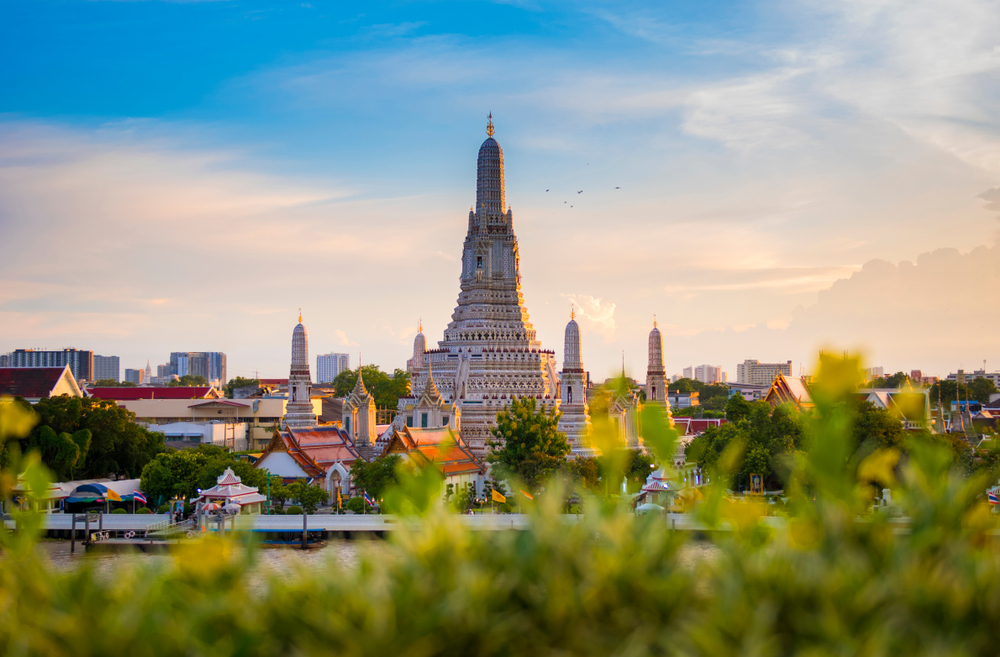6 Books by Japanese Authors Set Outdoors Japan
Japanese novels span vivid settings and inform memorable tales throughout all 47 prefectures, however they needn’t be confined by nationwide borders. Let’s check out some tales written by Japanese authors going down in additional distant lands.
1. Harp of Burma by Michio Takeyama, translated by Howard Hibbett (Myanmar)
Michio Takeyama was primarily a scholar of German literature, however he was most well-known for authoring this work of kids’s fiction set throughout the waning days of World Battle II’s Burmese Marketing campaign. This quick work is meant to show younger individuals the way to embrace defeat. The protagonist, a Japanese soldier confronted along with his nation’s give up who dons the garb of an area monk, embodies the pious Buddhist values embedded inside Burmese tradition.
The titular harp is described as a saung and is thought to be Burma’s nationwide instrument. Acclaimed filmmaker Kon Ichikawa tailored the novel for the display screen twice, a black and white model launched in 1956 and a colour remake in 1985. The previous is the extra acclaimed of the 2 and is featured within the Criterion Assortment.
2. Deep River by Shusaku Endo, translated by Van C. Gessel (India)
Shusaku Endo’s ultimate novel sees 5 Japanese vacationers traversing India collectively within the Nineteen Eighties. Every of the vacationers has their very own motive for being there, from the salaryman searching for his reincarnated spouse to the birdwatcher who needs to go to an unspoiled sanctuary. Every pilgrim finally arrives at their very own particular person non secular epiphanies on the banks of the Ganges amidst the backdrop of Sikh-Hindu clashes following Indira Gandhi’s assassination.
Themes of religion and spirituality are after all commonplace in Endo’s work, however right here they tackle a very primal and uncooked kind consistent with the untamed panorama. Notably, the movie adaptation by Kei Kumai featured the ultimate movie look of Toshiro Mifune. When Endo died in 1996, he requested that two of his novels be buried with him. one was Silence, his revered story of Portuguese Jesuits in Edo Japan. The opposite was Deep River.
3. The Stays of the Day by Kazuo Ishiguro (The UK)
It is definitely dishonest to incorporate Kazuo Ishiguro on this listing, as he gained British citizenship and accordingly relinquished his Japanese citizenship a long time in the past. His absence, nevertheless, could be conspicuous. In The Stays of the Day, the archetypal literary English butler narrates his life and profession, exposing the ache of the stiff higher lip and the tragedy of misplaced loyalty over the course of a highway journey. Winner of the Booker Prize in 1989, this novel differs starkly from the creator’s first two Japan-focused novels in tone and objective.
Englishness itself, and all of the expectations that include this sense of nationwide notion, are examined in a deeply human method. Ishiguro deservedly received the 2017 Nobel Prize in Literature and this stays his enduring masterpiece.

4. The Temple of Daybreak by Yukio Mishima, translated by E. Dale Saunders and Cecilia Segawa Seigle (Thailand)
The third of Yukio Mishima’s Sea of Fertility tetralogy sees recurring character Honda take a enterprise journey to Bangkok. Right here he steeps himself within the native tradition and finally finds himself earlier than the breathtaking Temple of Daybreak. Throughout his go to he meets a younger princess who claims to be the reincarnation of his good friend Isao, who died tragically on the climax of the primary novel within the sequence. A lot introspection ensues relating to Japan’s place in Asia and the trendy world, in addition to the non secular syncretism between Buddhism and Hinduism. The unique locales are described in vivid element by Mishima, who carried out firsthand analysis by visiting the landmark Wat Arun temple within the Thai capital. The novel was adopted by The Decay of the AngelMishima’s ultimate work earlier than his suicide.
5. Clouds Above the Hill by Ryotaro Shiba, translated by Julia Winters Carpenter and Paul McCarthy (China and Russia)
This large work of historic fiction is among the best-selling Japanese novels of the twentieth century, but stays comparatively unknown world wide. Starting within the transformative Meiji Interval (1868–1912) and persevering with into the early twentieth century, a lot of the immense textual content is anxious with chronicling the Russo-Japanese Battle in great element throughout a number of volumes. Admiral Togo unsurprisingly wins on the finish, nevertheless it’s extra concerning the lengthy journey than the inevitable vacation spot.
The large success of the novel, in NHK producing a big-budget Taiga historic drama between 2009 and 2011 based mostly on the story, with Latvia substituting for Russia. It stays the channel’s costliest manufacturing within the style.
6. Brazil-Maru by Karen Tei Yamashita (Brazil)
The experiences of Japanese-Brazilians are seldom instructed in literature. Karen Tei Yamashita, a Japanese-American who lived in Brazil for 9 years, makes an attempt to rectify this via an formidable work of multigenerational historic fiction. The massive forged of characters set up new lives for themselves in a world far faraway from what that they had grown up in. Kantaro, the dominating drive within the group of colonists who set sail from Japan within the Nineteen Twenties, makes an attempt to convey a way of order to an unruly jungle.
The creator’s debut novel, By means of the Arc of the Rain Forestcan be primarily set in Brazil however has a extra magical realist aptitude in distinction to Brazil-Maru’s comparatively straightforwardness. Each are tales value studying.
